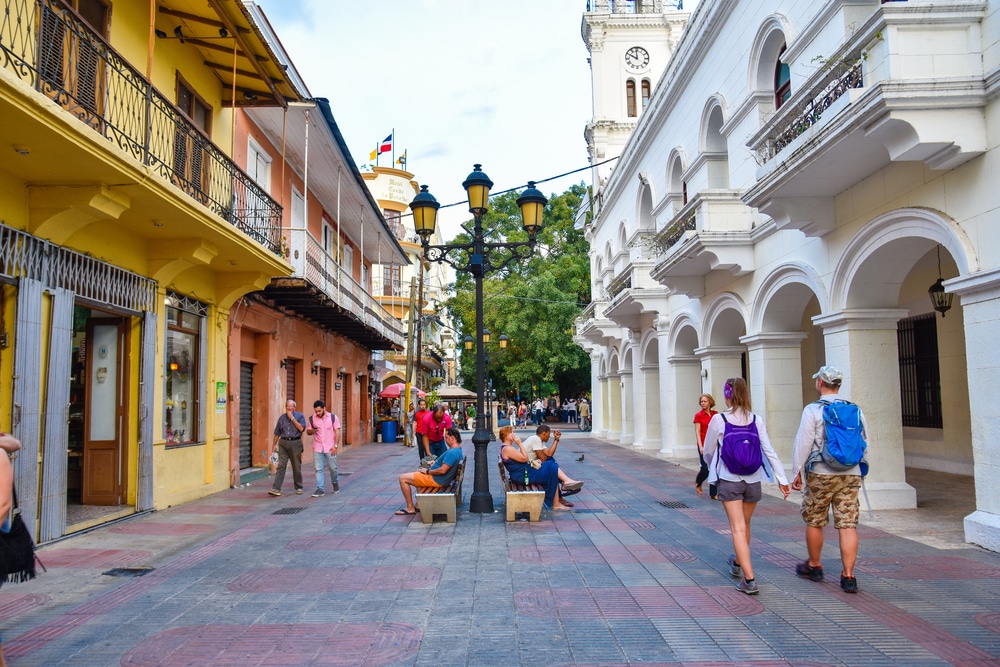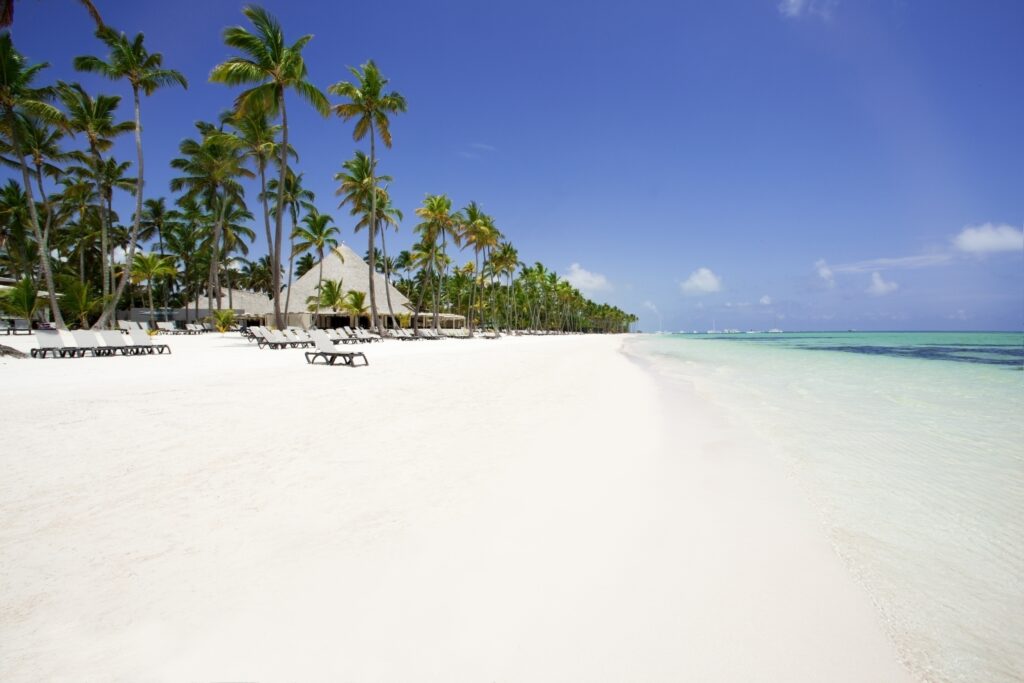
The Dominican Republic is leading the recovery of tourism in the Caribbean, driven by strong demand from US travelers. Almost 60% of Americans are fully vaccinated, and one of the effects is a stampede to go abroad and make up for lost time. By the end of May, the Dominican Republic saw a 10% increase in travelers booking to arrive in July than for the same dates in 2019, before the pandemic upended all travel.
Actual situation
At 9am in Las Terrenas, in the northeast of the country, a dozen tourists are already sunbathing, while others enjoy breakfast. The scene could be from 2019, but it is from 2021. Coronavirus safety measures are, however, in place.
The country’s tourism minister, David Collado, explained that the direct and indirect proceeds of tourism account for 22% of the nation’s gross domestic product (GDP). “For us, tourism is not a luxury, it spearheads our economy. It is good news that for July reservations are already at record levels, especially from the United States market,” he said. “International reservations for the Punta Cana-Bavaro area are already 37% higher than last year’s figures,” added Samuel Pereyra, general manager of state bank Banreservas.
The Dominican Republic’s main tourism markets are the United States (more than two million tourists in 2019), Canada (almost 900,000), France and Russia (more than 200,000), as well as Argentina, Germany and Spain (close to 200,000), according to the Dominican Republic’s central bank.

Investment plan
The Dominican government has also announced a raft of measures to improve tourism, including beach facilities ($10 million, €8.46 million), measures to combat algae ($12 million, €10.15 million with the private sector), beach regeneration ($70 million, €59.19 million with the Inter-American Investment Bank) and revamping cultural sites ($90 million, €76 million). Further measures include eliminating taxes on domestic flights in order to promote domestic tourism, which went from accounting for 3% to 35% of the sector last year – a rise largely explained by the 68% drop in international tourism. A new route between Madrid and Samaná was open in July, operated by Air Europa.

